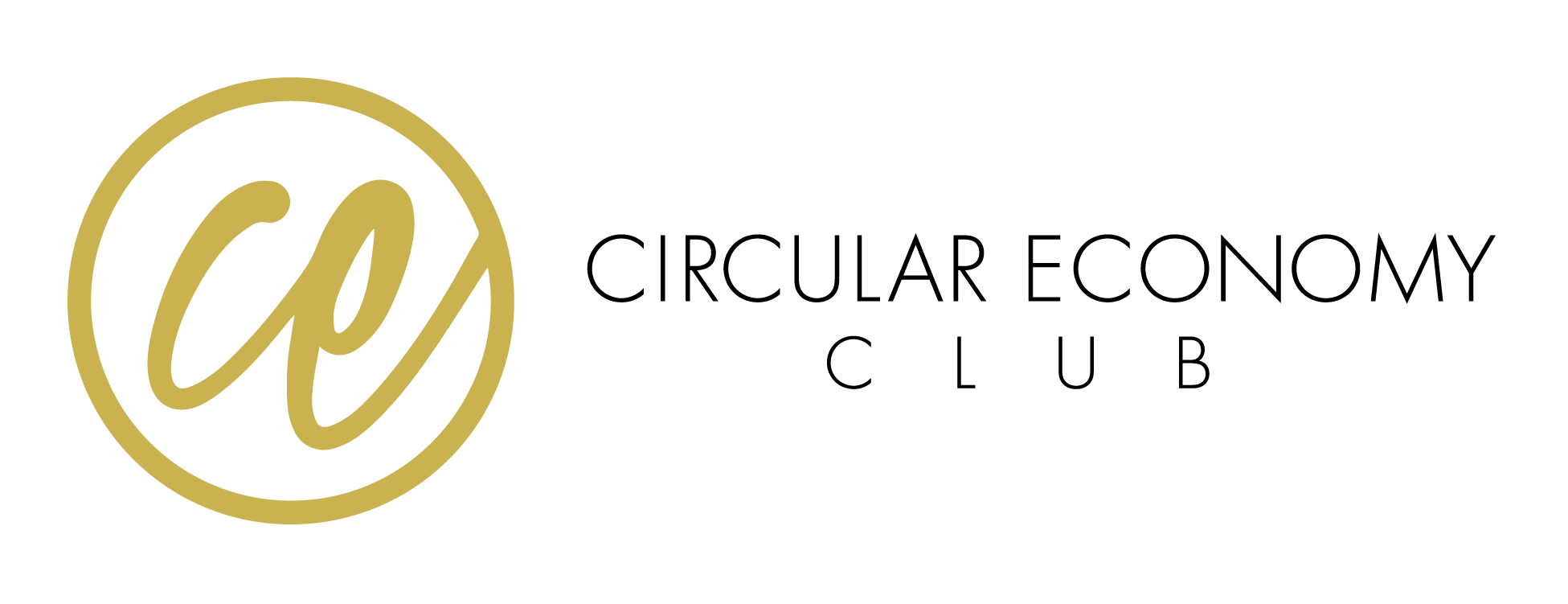-
Colin Elkins chats to Tom Harper, managing director of Unusual, about the Circular Economy and how it applies to more than just sustainability.
The Circular Economy: Step Beyond Sustainability
Tom Harper is an enthusiastic exponent of the Circular Economy and has studied the subject extensively during his MBA at the University of Bradford. This took him 7 years, and he stresses that it really took that time to truly understand the idea of the Circular Economy.
“People think it’s recycling; it isn’t. People think it’s authenticity; it is. People think it’s traceability; there’s an element of that absolutely, which is integral. People think it’s sustainability; it sort of is, but, in reality, it’s a step beyond sustainability. Sustainability is the idea that this is our economy, we know we do bad. Sustainability, says let’s just try and do less bad, so effectively, we carry on doing bad, we just do less of it. That’s sustainability. The Circular Economy comes along, and it says ‘no, we are creative beings here. We have a finite planet, yes, but we have infinite imagination. We need to design things in a way that is mimicking mother nature.’”
Traceability and responsible management of supply lines and resource streams are easier than ever now, with increasing numbers of manufacturers moving towards a Circular Economy model. “What gets measured gets managed,” says Harper, in reference to the ability IFS gives companies to comprehensively monitor these factors.
Techniques such as ‘design for disassembly’ play an important role in adopting a Circular Economy approach. In 2013, Unusual worked to put a production of Shrek in Drury Lane, which comprised planning the space and components for the large 30-ton show. For this job, they decided to design for disassembly.
Components were built modularly, so they could be reused in other areas. Certain pieces were standardized, and instead of using glues, the company challenged itself to used pins, clips, and bolts to attach pieces. In doing so, they managed to save the client (and themselves) thousands and save significantly on the CO2 emissions of the steel used.
Furthermore, Tom and Colin discuss concepts such as servitization and ideas on taxation and how they can be used to improve the stewardship of the planet’s resources. “Investigate, by opening up the conversation. […] open up. Expand the conversation, engage the supply chain, engage upstream, and downstream. Get everybody involved in that conversation.”
-
-


